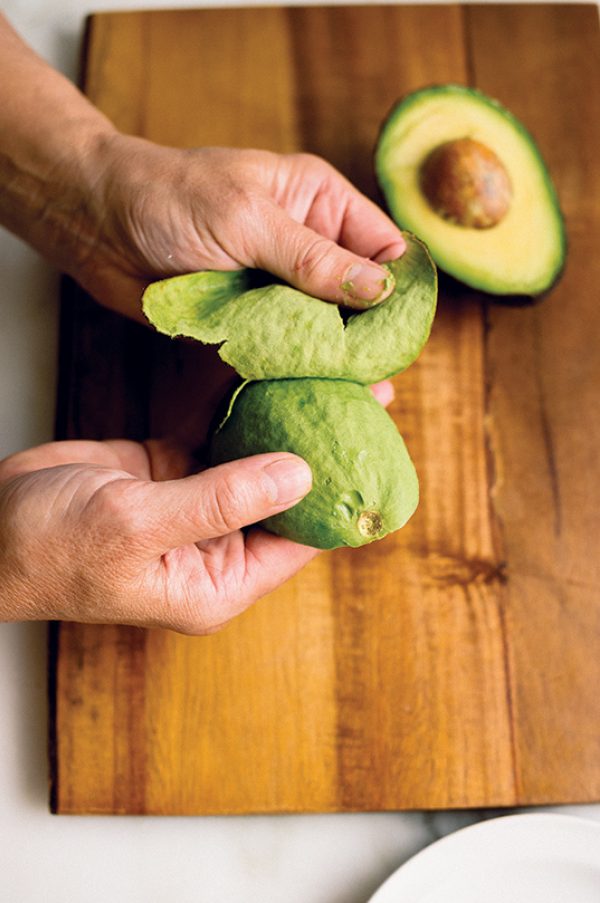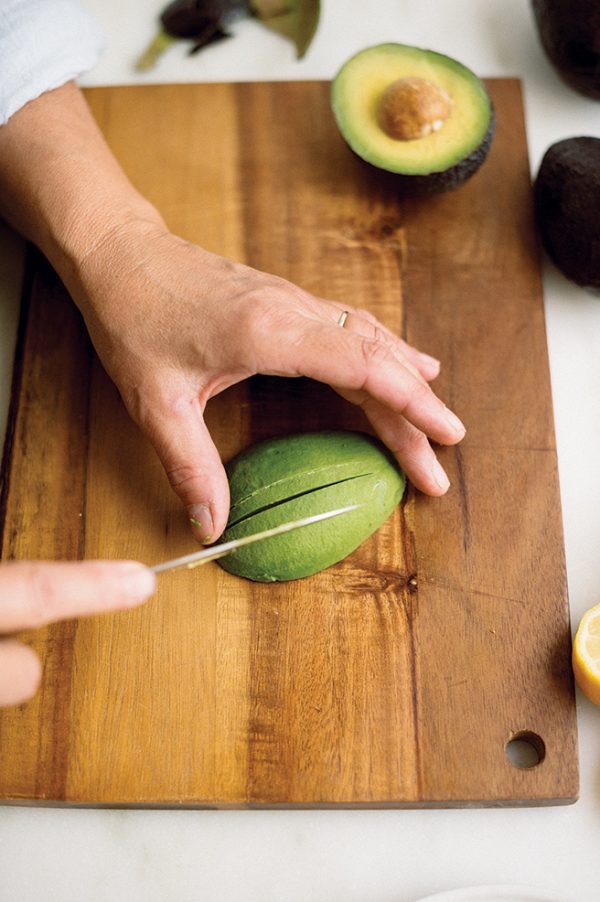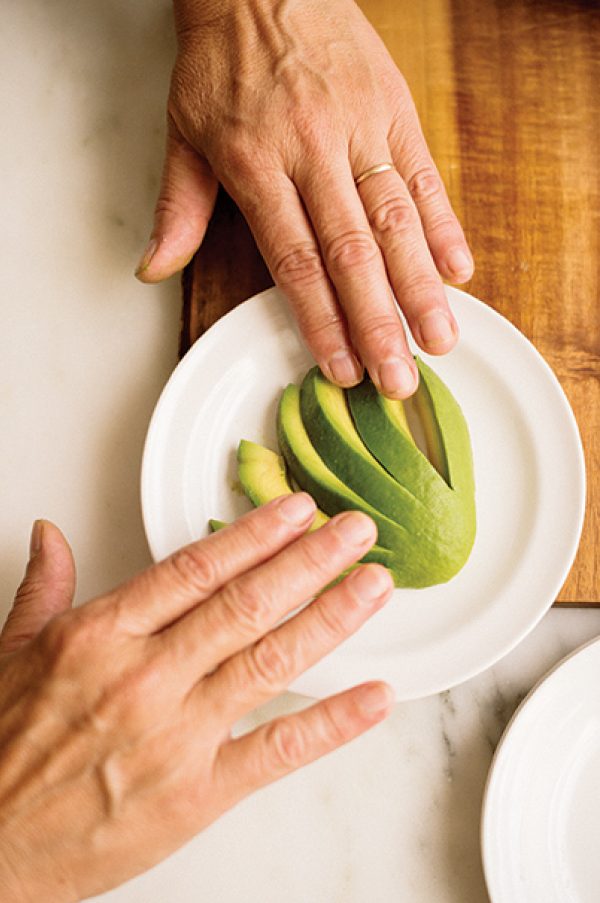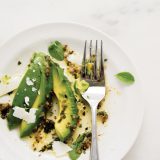An unassuming starter at Stephen Oxaal’s Branch Line restaurant in Watertown, Massachusetts. It made one thing quite clear—a handful of simple ingredients can take a stunning turn when the right flavors tie them together. In this case, right was the pickled mustard seeds, adding a tang and crunch that cut through and balanced the lushness of the dish.
Americans think of mustard seeds—when they think of them at all—as living only in pickle brines. But let’s set aside the jar of bread-and-butter chips for a moment. Because given a chance, whole mustard seeds can lend tons of flavor and texture.
Cuisines across Asia have used whole mustard seeds since before recorded history, and Europe caught on quickly. In India, the seeds often are fried in a bit of oil, then added to curries or spooned over soup. In Italy, they are cooked in sugar, then added to the fruit compote mostarda di frutta. The common denominator? Heat.
Pickled mustard seeds offer a punchy, crunchy contrast to lush, fatty ingredients like avocados and cheese.
The same is true at Branch Line, where this simple salad outsells everything but the rotisserie chicken, the restaurant’s signature dish. To soften the seeds, Oxaal boils them in water for several minutes. And it turns out that heating is key to flavor, too. Molecules in the seeds called glucosinolates break down into volatile compounds when exposed to water, producing intense bitter flavors. The effect is most pronounced when ground mustard seeds are reconstituted with water (explaining the intensity of dry English mustard powders).
But heat inhibits this reaction, leaving the seeds with a pleasant bite. When we compared boiled seeds with seeds soaked in cool water, the difference was striking. The soaked seeds were unpleasantly sharp and hard, while the boiled seeds were mildly mustardy and tender, popping in our mouths. They became the perfect foil for an otherwise fatty dish.
Slicing and fanning an avocado

Slice each avocado in half lengthwise and remove the pit. Carefully peel the skin from each half.

Place avocado halves cut side down. Starting at the larger end of each half, cut each into 6 lengthwise slices, leaving the top 1 inch intact.

Arrange the avocado halves on a platter or individual plates, cut side down. Gently press the larger end to fan the slices.
“You get that mustardy bite and that popping crunch. You get the acid and the sweetness of the pickling,” Oxaal said. “It’s interesting to say you are humbled by an avocado, but it’s incredible.”
Admittedly, to get all that, you do have to pickle the mustard seeds, but we found it takes just a few minutes and the leftovers (be smart and double or triple the batch) keep for up to a month refrigerated. They are perfect for dressing up roasted cauliflower, broccoli or potatoes; tossed with cooked beets; served with charcuterie or cheeses; slathered into grilled cheese sandwiches; spooned over grilled meats; or mixed into mayonnaise for a sandwich spread. And as you use up the seeds, don’t ditch the pickling liquid. Oxaal uses it in an arugula vinaigrette for roasted cauliflower.
The vinaigrette itself uses honey, mustard and fresh marjoram (when was the last time you used marjoram?), which adds a wild, floral note to the dressing. It makes you think about the dressing rather than dismissing it as purely functional.




